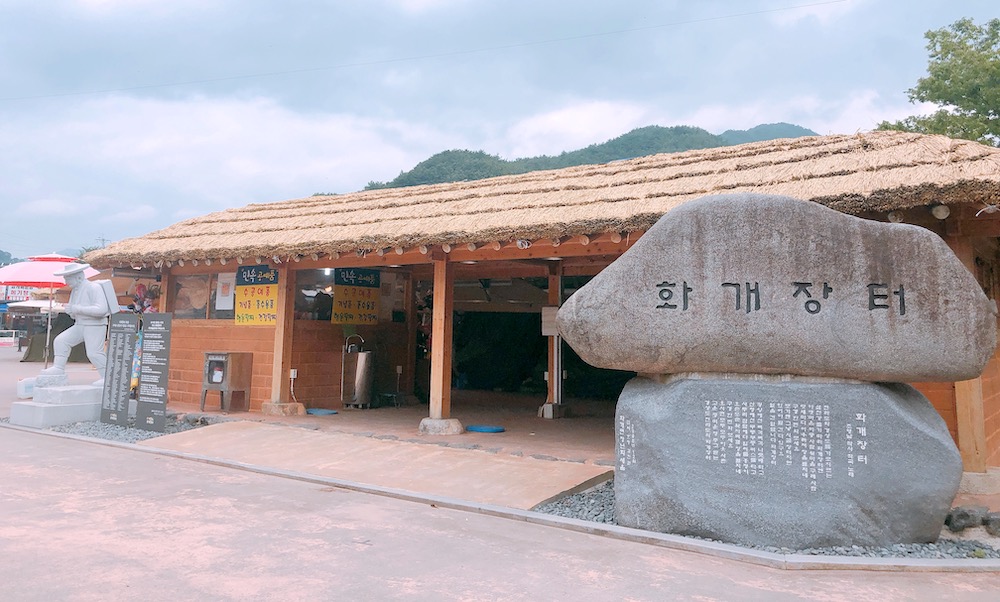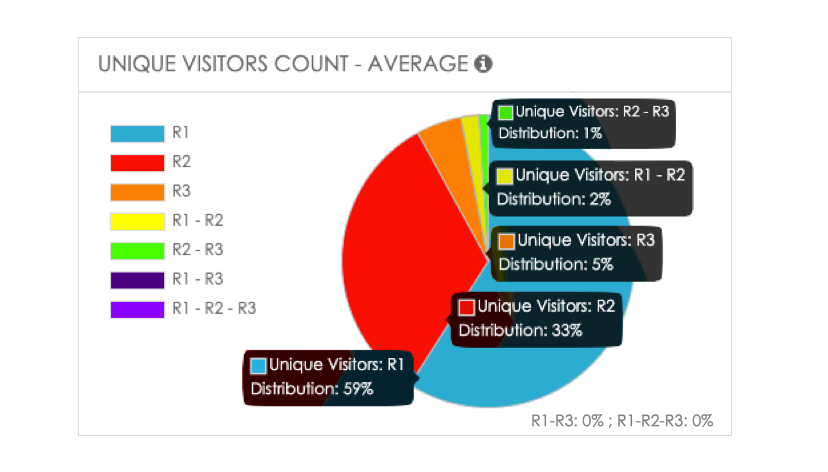This article is published in the White Paper category.

Organizing festivals and ad-hoc events is a common strategy adopted by Municipalities and Tourism Boards to attract visitors from outside of the region to visit a particular touristic destination. However, the effective measurement of the ROI and economic spin-offs is often not straightforward.
While in most cases organizers count the number of visitors for each event with the goal to understand what could be considered as the event’s direct impact, the measurement of an event’s indirect impact is more complex and often left for estimation only.
Hadong (Republic of Korea) County’s Representatives called on DFRC with the requirement to analyse and compare the crowd’s behaviour at several local events held in the same region and happening at the same time.

The first event was held in Hadong Songlim Park. The Municipality organised a 3-day water festival along the banks of the Seomjin river. In addition to this first location, LBASense sensors simultaneously covered two nearby attractions: Hwagaejangteo Market, a touristic traditional Korean food and handicraft market, and Choi Champandaek, a traditional village composed of hanok houses, well known for being the setting of both a famous novel and TV drama set in the Joseon Era.
In total, 5 sensors were deployed for 3 days.
To fully understand the footfall connections between the analysed sites, DFRC team operated a special analytics tool referred to as the “Unique Visitors’ Module” which measures the cross-correlation between the key point of interest and, more specifically, the percentage of people detected in multiple areas under monitoring.

Data, in this case, show that the majority of tourists in Hadong area are visiting only a single attraction per day. However, only a few tourists do manage to visit multiple attractions on the same day.
These in-depth analytics show that while each specific event is managed very efficiently and attracts large crowds, there is still room for integrated tourist destination management which could make the coming events even more successful and profitable.
LBASense system is a powerful tool to measure the full impact of an event at a regional level, allowing to understand where visitors and tourists go after a festival, offering unique insights for tourism boards and Smart Cities.
Interested in deploying a similar system to analyse your event? Contact us for more information, we will be happy to help.
Featured photo credits: Hwagaejangteo Market by Felicia Song for DFRC; all images: all rights reserved to DFRC.

Data team
Copyright © 2022 DFRC
43 Science Park Road #01-11 Rm 8, Singapore 117408